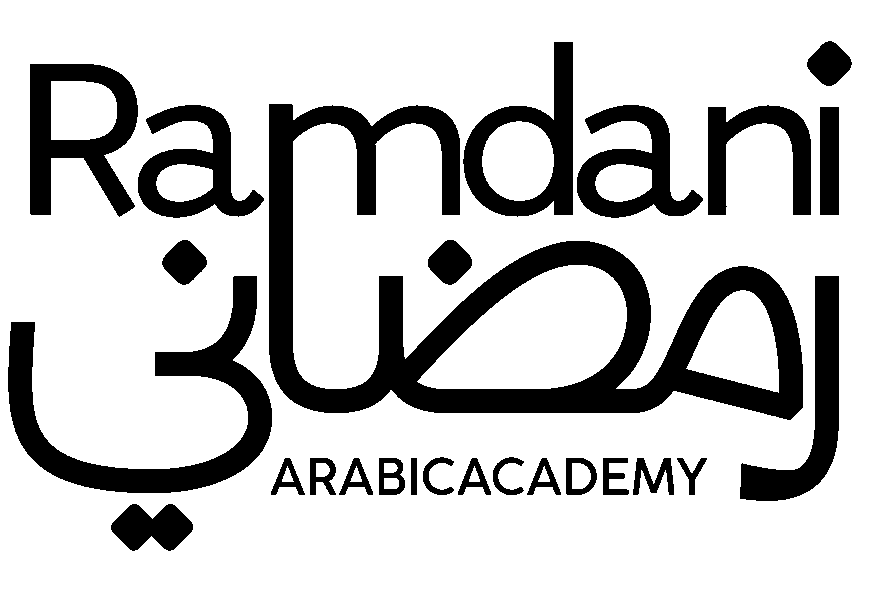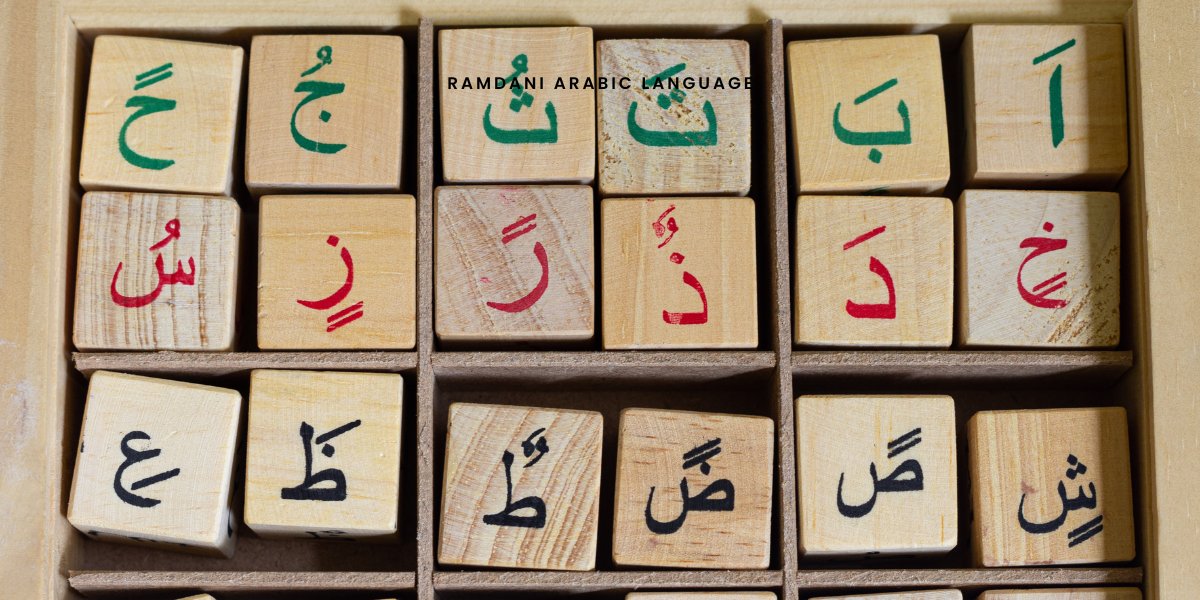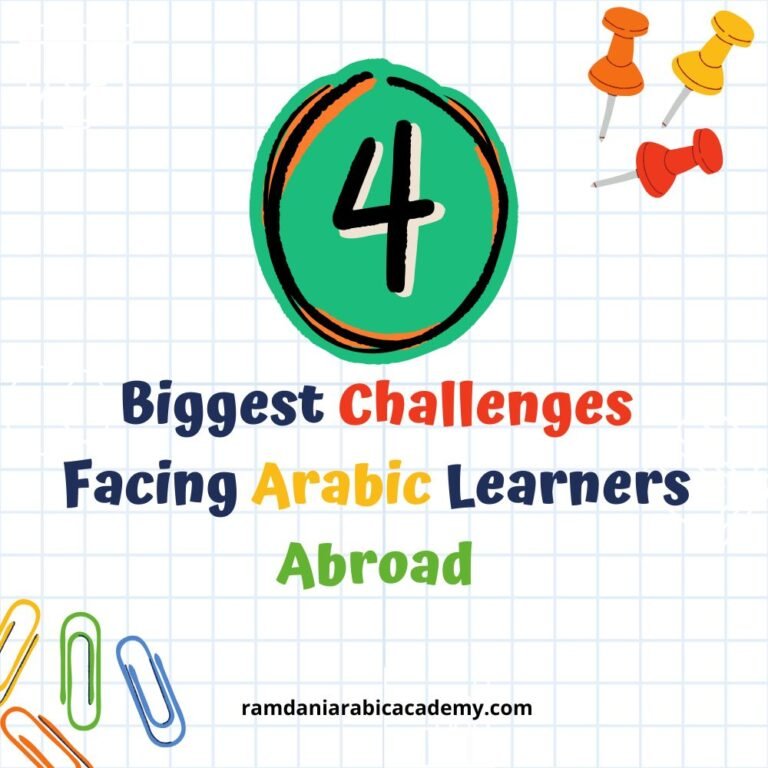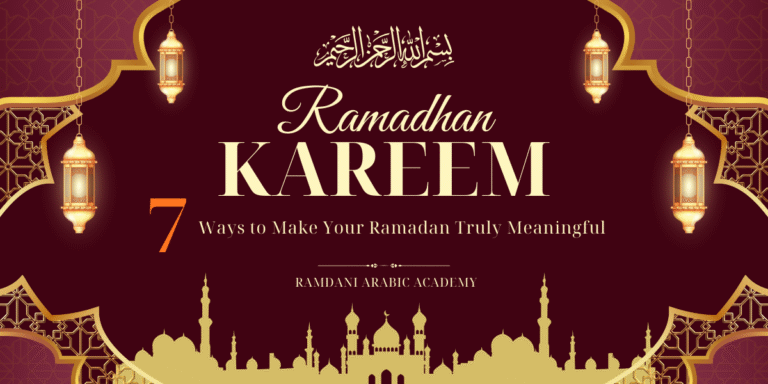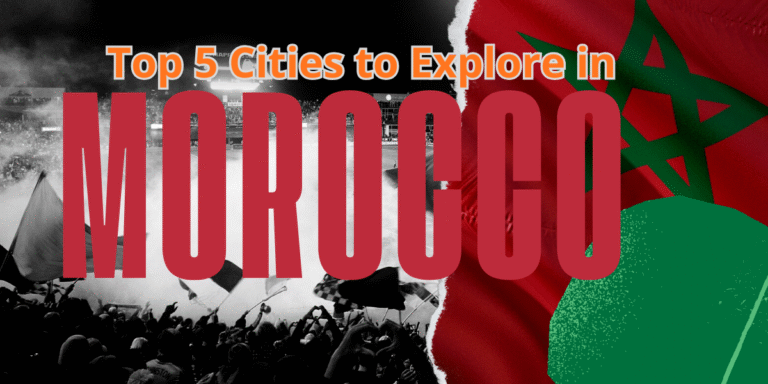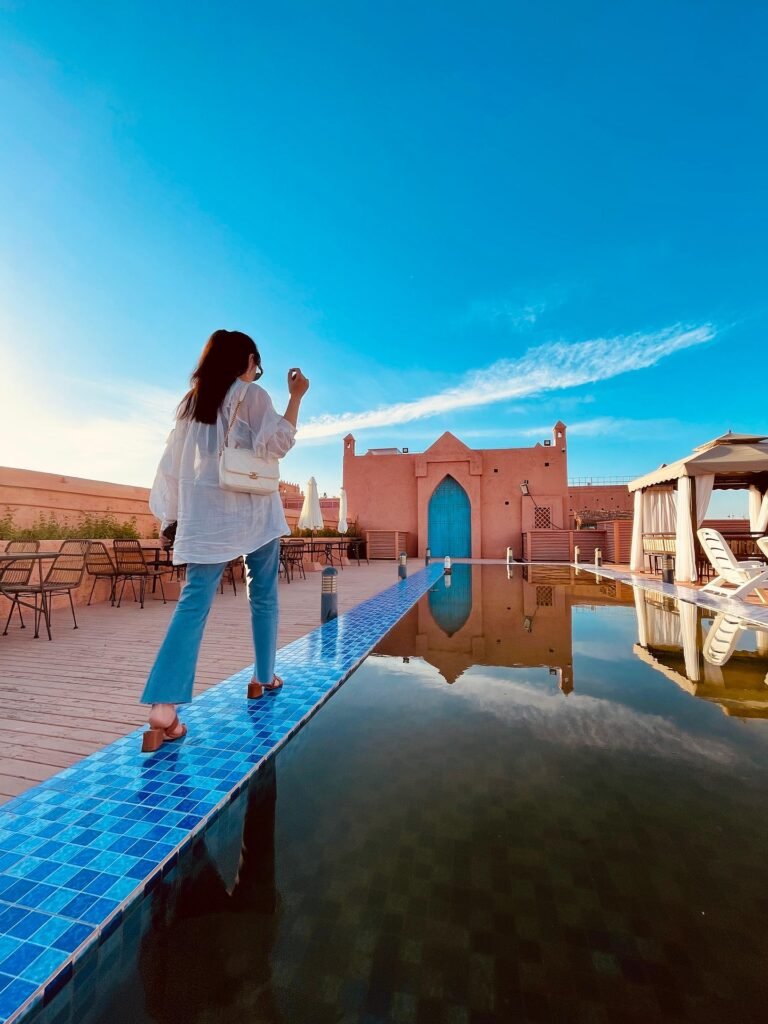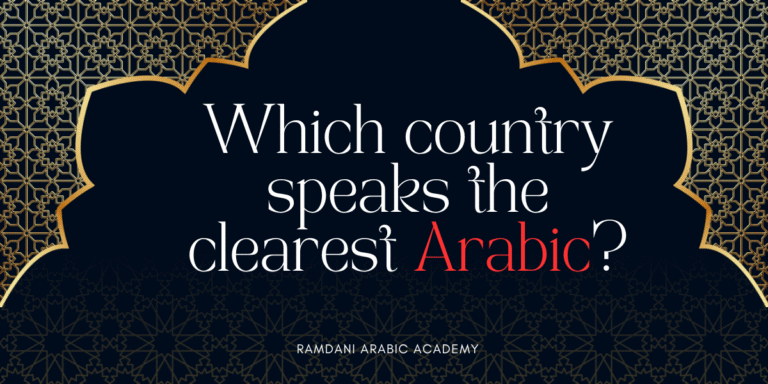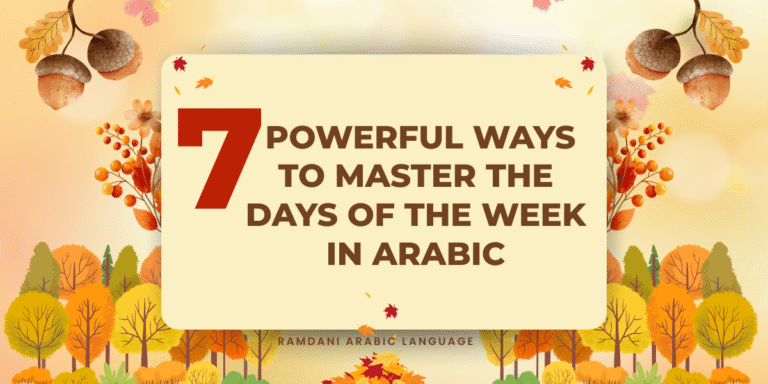6 Secrets of How Arabic Was Born
When people ask when the Arabic language was born, the answer is not as simple as pointing to a single date or event. Languages grow slowly over centuries. They change as communities move, trade, and interact with one another. Arabic is no different. What we call “Arabic” today has deep roots in the Semitic language family, which also includes Hebrew, Aramaic, and Akkadian. These languages share a common ancestor, but each developed in its own direction depending on geography, culture, and history.
The story of Arabic is closely tied to the Arabian Peninsula. The earliest forms of the language began to appear among tribes who lived in the deserts of the region thousands of years ago. These communities used oral traditions to pass down their stories, poetry, and knowledge. Because writing systems were not widespread at the time, much of the early development of Arabic was preserved through memory and recitation. This strong oral culture would later play a big role in shaping the power of Arabic literature and the Qur’an, which became the most influential text in the Arabic-speaking world.
Arabic did not suddenly appear fully formed. Instead, it evolved from earlier dialects spoken across the peninsula. Scholars trace its roots back to what is often called Proto-Arabic, a language spoken long before the Islamic era. Inscriptions discovered in places like the southern and northern parts of Arabia give us a glimpse into these early forms. For example, the Safaitic and Thamudic scripts, carved into rocks and monuments, show early writing styles that are related to Arabic. These inscriptions date back more than two thousand years. They are not identical to modern Arabic, but they show the slow and steady steps toward it.
The spread of Arabic as we know it today took shape in the 6th and 7th centuries, just before and during the rise of Islam. At this time, Arabic poetry flourished. Poets competed in markets and gatherings, reciting verses that displayed both the richness of the language and the skill of the speaker. These poems preserved not only the language but also the values, traditions, and history of the Arab tribes. This period created what scholars often call “Classical Arabic,” the form of the language that became standardized after the revelation of the Qur’an.
The Qur’an holds a special place in the history of Arabic because it fixed the language in a way that few texts have done for other languages. Its verses became the model of eloquence, and Muslims across the world memorized and studied its words. As Islam spread beyond Arabia, so did the Arabic language. It traveled with scholars, merchants, and conquerors, reaching regions as far as North Africa, Spain, Persia, and parts of Central Asia.
Understanding when Arabic was born is not only about history. It is also about appreciating how languages live, grow, and carry culture across generations. Arabic today is spoken by more than 400 million people and has influenced countless other languages. Its birth was not a single event, but a long journey that still continues.
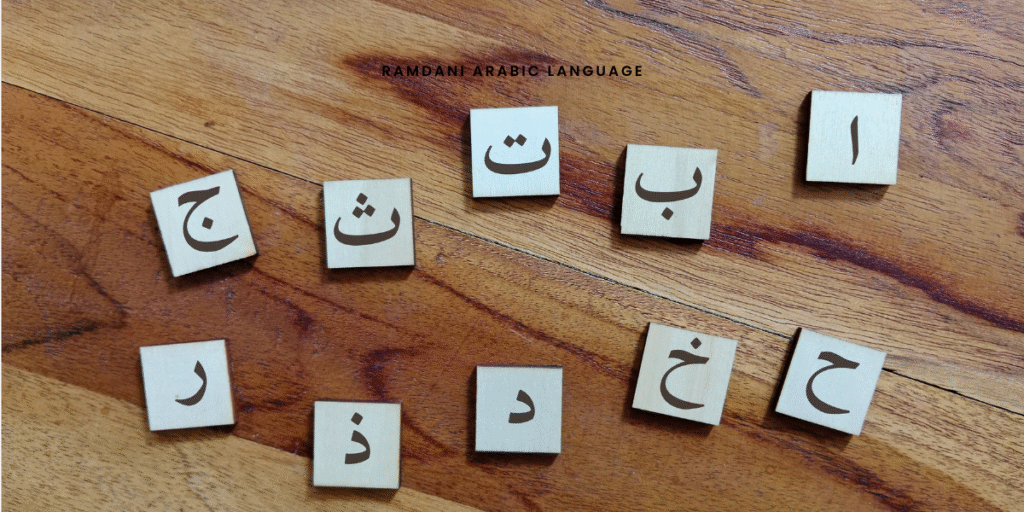
The Early Roots of Arabic
When we try to understand where Arabic comes from, we need to look at the larger family it belongs to. Arabic is a Semitic language. The Semitic family is old, stretching back thousands of years, and includes languages like Akkadian in Mesopotamia, Aramaic in the Levant, and Ge’ez in Ethiopia. These languages all share patterns in grammar and vocabulary. They often use triliteral roots, meaning most words come from a base of three consonants. This system makes the languages look related, even when spoken in different places.
Arabic, within this family, is one of the youngest members to develop in its full form. It took shape in the Arabian Peninsula, but it did not appear in isolation. Trade routes linked Arabia with Mesopotamia, Syria, and the Red Sea coasts. Tribes living in these areas heard different dialects and borrowed words. This interaction slowly created a distinct form of speech that became recognizable as early Arabic.
Archaeological findings give us evidence of these early stages. Inscriptions written in scripts related to Arabic, such as Safaitic, Hismaic, and Thamudic, have been discovered across the deserts of northern Arabia and southern Syria. These carvings, often left by nomadic tribes, date back as early as the first millennium BCE. They show names, prayers, and short messages. While not identical to the Arabic we know today, their structure points toward a language moving in that direction.
By the first centuries CE, a clearer picture of Proto-Arabic had formed. Linguists identify inscriptions in what they call Old North Arabian and Old South Arabian scripts. The Old South Arabian script was used in the kingdoms of Yemen, such as Saba and Himyar, which thrived through trade in incense and spices. Old North Arabian scripts appeared in the deserts further north, closer to Nabataea and Petra. The Nabataeans, famous for building Petra, used a script influenced by Aramaic. This Nabataean script later evolved into the Arabic script we read today. So the writing system of Arabic is tied not only to local dialects but also to contact with neighboring cultures.
Arabic also developed in an oral environment. Tribes in the peninsula relied on spoken words more than written records. Oral poetry became the main vehicle for preserving history, values, and language. Poets were the memory keepers of their tribes. Through rhyme, rhythm, and repeated patterns, they could recite long verses with precision. This culture of oral expression gave Arabic a strong sense of rhythm and structure, which later became essential in the Qur’an and classical literature.
One key point about the birth of Arabic is that it cannot be traced to one single tribe or city. Instead, it emerged as a collection of dialects across different regions of Arabia. Some tribes spoke forms closer to what became Classical Arabic, while others used dialects that gradually faded. When the Qur’an was revealed in the 7th century, it reflected the dialect of Quraysh, the tribe of Mecca, but it also carried features understood across the wider Arab community. This made it a unifying text that stabilized the language.
The relationship between Arabic and Aramaic deserves special mention. Aramaic was once the dominant language of the Near East, spoken widely from Mesopotamia to Palestine. It was the language of trade, administration, and even religion in many areas. As Arabic speakers came into contact with Aramaic communities, they borrowed terms and structures. For example, some religious and cultural words in Arabic have parallels in Aramaic. At the same time, Arabic kept its unique sound system and grammar, which set it apart.
By the time Islam began, Arabic was already mature enough to be standardized, but flexible enough to spread. This balance explains why it could expand so quickly after the rise of Islam. The groundwork had been laid through centuries of slow development, tribal exchange, and contact with neighboring civilizations.
The early roots of Arabic show us that languages are not born in a vacuum. They are shaped by geography, history, and human movement. For Arabic, the deserts of Arabia were both a home and a crossroads. Tribes moved across vast spaces, carried their dialects, and mixed their words with those of others. Out of this constant movement, Arabic slowly crystallized into the powerful language we know today.
The Rise of Classical Arabic
By the 6th century, Arabic had reached a stage where it was not only a spoken tongue but also a medium of artistic and cultural pride. Among the Arab tribes of the peninsula, poetry stood at the center of social life. It was not entertainment alone. It was a record of tribal history, a defense of honor, a call to courage, and a way to preserve memory in an oral society where few could write.
In markets like Ukaz near Mecca, poets from different tribes gathered to recite their verses. These events were highly competitive. Tribes took pride in their poets, since a well-crafted poem could bring prestige to an entire community. The best poems were memorized and transmitted from generation to generation. Over time, they formed a body of pre-Islamic literature later called al-Mu‘allaqat or “the hanging poems,” said to have been written in gold and displayed in the Kaaba, though historians debate the accuracy of this tradition. Regardless, their survival shows the high status of poetry in shaping Arabic identity.
The features of this poetry highlight what was becoming “Classical Arabic.” It used a standardized system of meter and rhyme. It had a rich vocabulary that described the desert, animals, love, war, and tribal values. Its imagery was sharp and precise. The structure of the verses made them easy to memorize. Through these poems, the Arabic language developed a style of clarity, rhythm, and balance that set it apart from neighboring tongues.
When Islam emerged in the 7th century, Arabic reached a turning point. The Qur’an was revealed in the dialect of Quraysh, the tribe of Mecca, but it contained elements that could be understood across different Arab groups. The Qur’an was recited orally from the beginning, yet its style was unlike the existing poetry. It did not follow the traditional meters or rhymes of the poets, but its rhythm, eloquence, and power were undeniable. Even opponents of Islam admitted its language had a force they could not easily dismiss.
The Qur’an became the foundation for the Arabic language as we know it today. Its verses were memorized, recited, and written down. The need to preserve the Qur’an exactly as revealed pushed scholars to develop rules of grammar, pronunciation, and orthography. This was the beginning of Arabic linguistics. Figures like Sibawayh in the 8th century wrote systematic works on grammar, ensuring the language remained stable and precise. Without the Qur’an, Arabic might have remained a collection of dialects. With it, Arabic gained a unified and enduring form.
The spread of Islam carried Arabic far beyond the Arabian Peninsula. Within a century, it became the language of administration, science, and culture in vast territories stretching from Spain to Persia. This rapid expansion was possible because Arabic had already been strengthened by centuries of oral tradition and by the unifying role of the Qur’an. The Qur’an’s prestige gave the language authority, while its poetic quality attracted admiration even from non-Muslims.
The transition from pre-Islamic poetry to Qur’anic Arabic shows two sides of the same coin. Poetry gave Arabic flexibility, depth, and artistic richness. The Qur’an gave it unity, precision, and sacred status. Together, they transformed Arabic into one of the great languages of history.
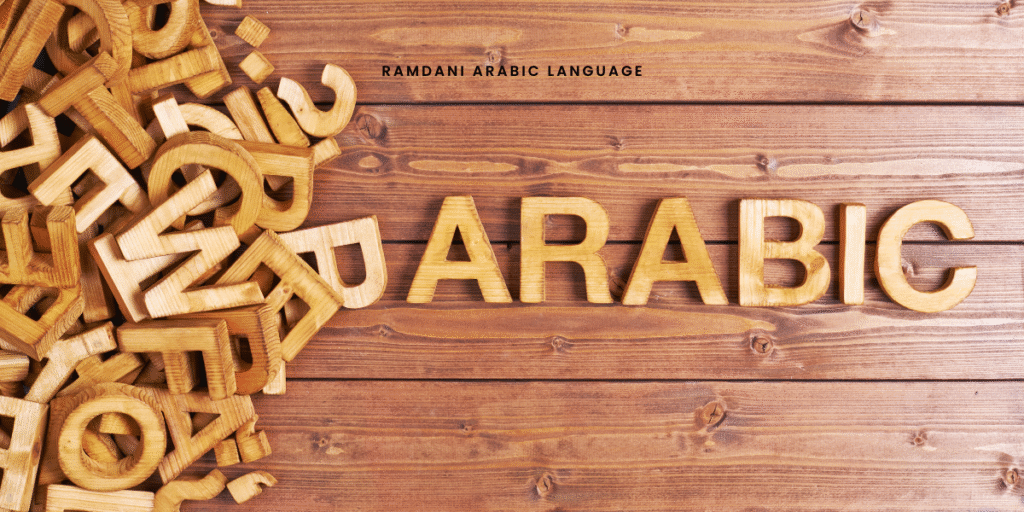
Arabic in the Golden Age and Beyond
After the rise of Islam, Arabic quickly moved from being the language of a region to the language of an empire. By the 8th century, it had become the official language of administration and culture in the vast Islamic world. From the Iberian Peninsula in the west to Central Asia in the east, Arabic was used in government, trade, scholarship, and religion. This expansion marked the beginning of what historians call the Islamic Golden Age.
The spread of Arabic was not forced. It happened through necessity and prestige. Rulers needed a common language for administration. Merchants needed it for trade. Scholars adopted it to communicate across regions. At the same time, Arabic carried the authority of the Qur’an, which gave it respect and stability. This combination made Arabic the language of unity for diverse peoples.
One of the most important developments during this time was the translation movement. In the 8th and 9th centuries, under the Abbasid Caliphate in Baghdad, a massive effort was made to translate scientific, philosophical, and medical works from Greek, Persian, and Indian traditions into Arabic. The House of Wisdom, a major center of learning in Baghdad, became the hub of this project. Texts by Aristotle, Plato, Galen, and many others were preserved and studied in Arabic. Without this effort, much of classical knowledge might have been lost to history.
But the translation movement was only the beginning. Muslim scholars did not stop at translating; they expanded knowledge. Figures like Al-Khwarizmi developed algebra, a word derived from his book “Al-Jabr.” Ibn Sina (Avicenna) wrote influential works on medicine that were studied in Europe for centuries. Al-Farabi, Al-Ghazali, and Ibn Rushd (Averroes) made major contributions to philosophy. All of this was written in Arabic. The language became the medium for original science, mathematics, medicine, and philosophy.
Arabic also shaped literature and art. Writers like Al-Jahiz explored topics ranging from zoology to theology in a lively prose style. Poets like Al-Mutanabbi expressed ambition, pride, and creativity in verses that remain admired today. Historians such as Ibn Khaldun developed theories about society and economics that are still studied. In each case, the richness of Arabic allowed writers to express complex ideas with precision and beauty.
As Arabic spread, it influenced other languages. In Spain, where Muslims ruled for centuries, Arabic left thousands of words in Spanish. Examples include “azúcar” (sugar), “aceite” (oil), and “alfombra” (carpet). In Persian and Turkish, Arabic vocabulary became deeply embedded, especially in areas of religion, law, and scholarship. Even European languages like English borrowed Arabic terms, often through Spanish or Latin. Words like “alchemy,” “algebra,” “safari,” and “cotton” all trace back to Arabic.
During the Golden Age, Arabic was also a language of unity across diverse peoples. Arabs, Persians, Turks, Berbers, and others all used Arabic in scholarship and religion. This created a shared intellectual world. A student from Cordoba could travel to Baghdad, read the same texts, and join debates in the same language. This unity helped knowledge spread quickly across the Islamic world.
By the 13th century, however, political changes began to affect Arabic’s role. The Mongol invasions, the fall of Baghdad in 1258, and the rise of local powers weakened the central role of Arabic. In some regions, Persian or Turkish gained more prominence in courts and administration. Yet Arabic remained strong in religion, scholarship, and literature. The Qur’an continued to anchor it, ensuring it was never replaced or forgotten.
Even during these shifts, Arabic continued to evolve. Regional dialects developed, influenced by local languages and cultures. The spoken forms of Arabic in Morocco, Egypt, Syria, and Iraq became distinct from one another. Yet the written form, based on Classical Arabic, stayed unified. This diglossia—where people use one form in writing and another in speech—remains a feature of Arabic today.
The legacy of Arabic in the Golden Age is clear. It preserved ancient knowledge, advanced science, shaped literature, and connected vast regions. Without Arabic, the transmission of ideas from East to West would have been far weaker. The Renaissance in Europe, fueled in part by works translated from Arabic into Latin, is one example of how deep this influence ran.
Arabic was not just a tool of communication. It was a force of civilization. It allowed different cultures to contribute to a common intellectual project. It carried ideas across continents and centuries. It made possible a level of exchange and creativity that shaped the world we live in today.
Arabic in the Modern Era
The story of Arabic did not end with the Golden Age. Like all languages, it continued to adapt to new realities. The modern era brought major challenges and opportunities that shaped Arabic into what we know today.
From the 16th century onward, much of the Arab world came under the rule of the Ottoman Empire. Turkish became the language of administration and power, though Arabic remained strong in religion, scholarship, and daily life. During this time, Arabic lost some of its central role in science and philosophy, but it never disappeared. The Qur’an and classical texts ensured that Arabic was always studied and preserved.
The 19th and 20th centuries brought colonial rule to many Arab regions. European powers such as Britain and France imposed their languages in schools, governments, and trade. French became dominant in North Africa, while English spread in Egypt and the Gulf. This created tension. Arabic remained the language of identity and culture, but foreign languages carried power and opportunity. Many Arab intellectuals debated how to balance tradition with modernity.
This period also witnessed what is often called the Nahda, or Arab Renaissance. Starting in the late 19th century, scholars, writers, and reformers sought to revive Arabic as a language of literature, science, and education. Figures like Rifa’a al-Tahtawi in Egypt and Butrus al-Bustani in Lebanon translated European works into Arabic and promoted modern schools. Newspapers and printing presses helped spread Arabic in new forms, reaching wider audiences than ever before.
The Nahda also brought linguistic debates. Should Arabic be simplified to make it easier for modern education? Should local dialects be promoted as national languages? Or should Classical Arabic remain the standard? In the end, most intellectuals agreed to preserve Classical Arabic (often called Modern Standard Arabic today) as the unifying form of the language, while recognizing that dialects would continue to thrive in daily life.
The 20th century saw Arabic take on a new role as the language of nation-building. As Arab countries gained independence, Arabic became central to national identity. Constitutions declared it the official language. Schools taught it as the medium of instruction. Media, from radio to television, spread Modern Standard Arabic to millions. At the same time, local dialects remained the language of homes, streets, and popular culture. This dual system—formal Arabic in education and writing, dialects in everyday speech—became a defining feature of the modern Arab world.
Arabic also entered the global stage. In 1973, the United Nations recognized Arabic as one of its official languages. Today, more than 25 countries list Arabic as their official or co-official language. It is spoken by over 400 million people, and it is the liturgical language of over a billion Muslims who recite Qur’anic verses in prayer. This gives Arabic a reach far beyond its native speakers.
Modern challenges remain. The dominance of English and French in science, technology, and higher education sometimes overshadows Arabic. Many Arab universities use English or French textbooks for advanced subjects. This has sparked debates about whether Arabic can fully serve as a language of modern science and innovation. Some scholars argue for greater investment in Arabic scientific terminology and translation, while others emphasize the importance of bilingualism in a globalized world.
At the same time, Arabic has shown resilience. Social media, television, and music have given dialects a new platform, making them more visible than ever. Egyptian and Levantine Arabic, for example, reach audiences across the Arab world through films and songs. Meanwhile, Modern Standard Arabic remains the language of news, education, and formal writing, ensuring that Arabs can communicate across borders despite their different dialects.
The modern era has also seen efforts to digitize Arabic. Technology companies have developed better tools for Arabic script, online dictionaries, and machine translation. Projects to digitize classical texts have made centuries of Arabic literature accessible to a global audience. This opens new possibilities for preserving and studying the language.
Arabic today stands at a crossroads. It carries the weight of a long and rich history, yet it faces the pressures of globalization and modern science. It unites millions of people through a shared cultural heritage, yet it also lives in diverse dialects that reflect local identities. Its future will depend on how communities use it in education, technology, and culture.
Despite these challenges, Arabic remains one of the great world languages. It is deeply tied to religion, history, and identity. It is also a living language, changing and adapting as new generations use it in their own ways. From ancient inscriptions to online platforms, Arabic continues its journey, proving that its story is far from finished.
Final word
The journey of the Arabic language is long and complex. It began with tribal dialects in the deserts of Arabia, grew through poetry and oral tradition, gained unity with the Qur’an, expanded across empires in the Golden Age, and adapted to the challenges of the modern world. Few languages carry such a deep connection to history, religion, and culture.
For learners of Arabic today, this history is more than background knowledge. It is a reminder of why the language feels both rich and demanding. Arabic is not difficult because it is foreign. It is demanding because it carries centuries of development, layers of meaning, and a balance between formal and spoken forms. Knowing this can help learners approach it with patience and respect.
If you are studying Arabic, consider a few pieces of advice:
- Learn to appreciate both Modern Standard Arabic and dialects. Each has a role. Standard Arabic gives you access to books, news, and formal speech. Dialects give you access to daily life, conversations, and culture.
- Do not fear the grammar. Arabic grammar may look unfamiliar, but it follows clear rules. With practice, these rules become a tool rather than an obstacle.
- Expose yourself to Arabic as much as possible. Read newspapers, listen to songs, watch films, and practice speaking. The more you hear and use the language, the faster you will grow comfortable with it.
- Remember the cultural side. Arabic is not just words. It is poetry, stories, philosophy, and a way of seeing the world. Engaging with culture will make your learning deeper and more rewarding.
At Ramdani Arabic Academy, we believe in teaching Arabic not only as a language but as a living heritage. Our courses are designed for learners from around the world, whether they want to study for personal, academic, or professional reasons. We offer lessons, articles, and resources that guide you step by step, while also connecting you to the history and culture that make Arabic unique.
Learning Arabic is not a short journey. It takes time, effort, and consistency. But every step brings you closer to one of the world’s most influential languages. By studying Arabic, you are not only learning to communicate with millions of people today. You are also connecting yourself to centuries of knowledge, art, and wisdom.
About the Author
Ramdani Mohamed is the founder of Ramdani Arabic Academy. Passionate about language and education, he has dedicated his work to helping learners from across the globe discover the richness of Arabic. Through his teaching and writing, he aims to make Arabic accessible, practical, and inspiring for every student.
